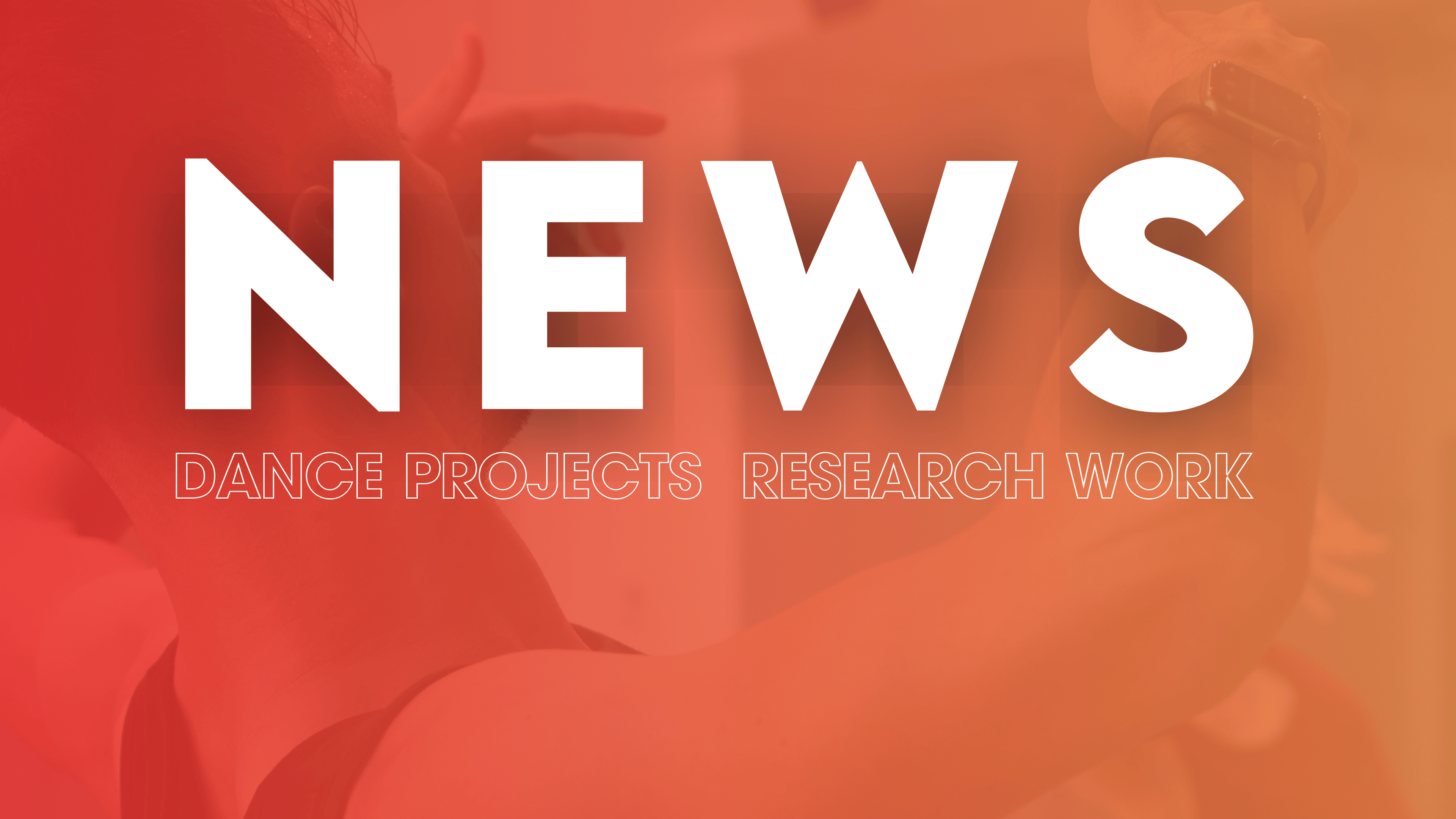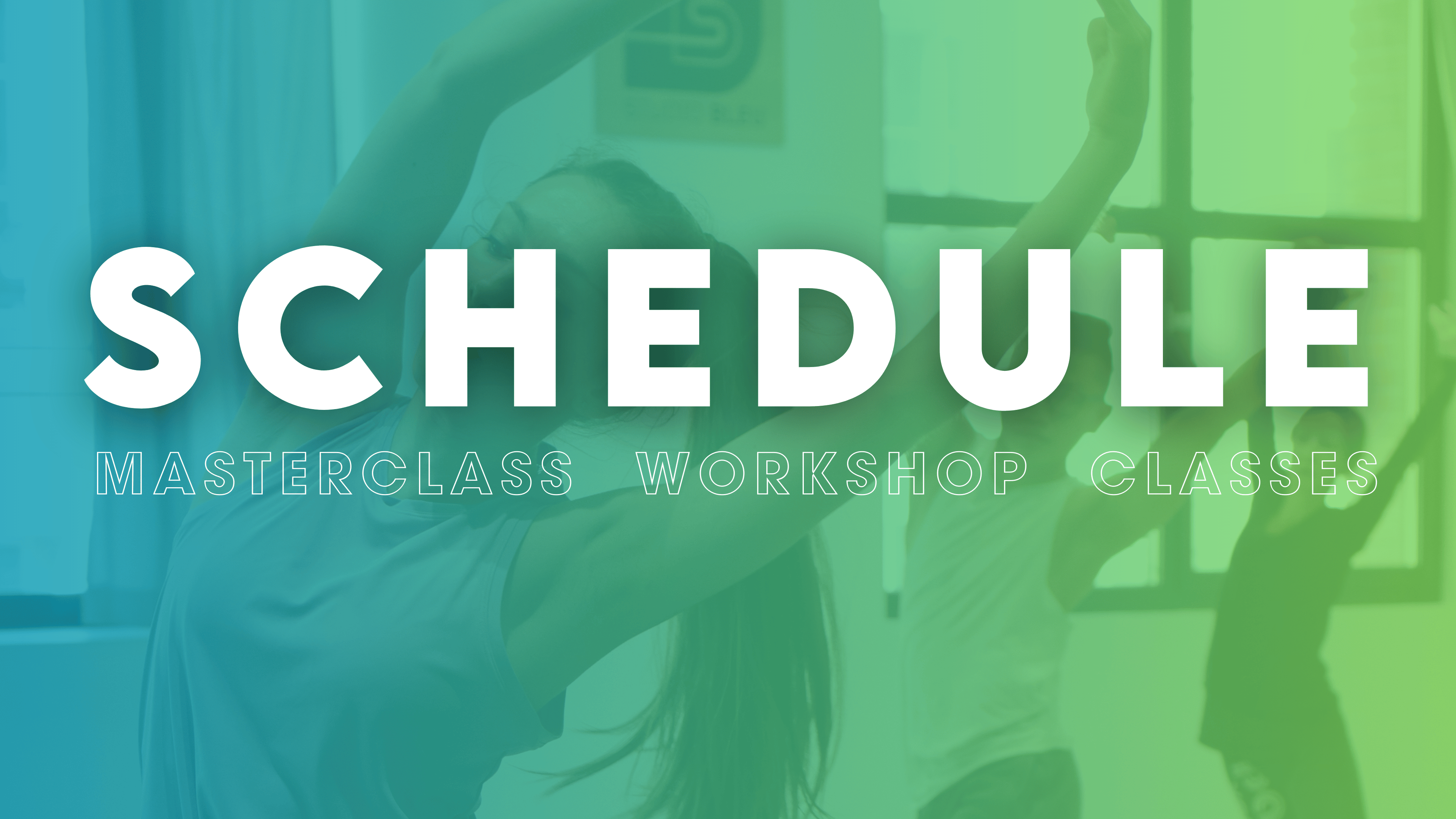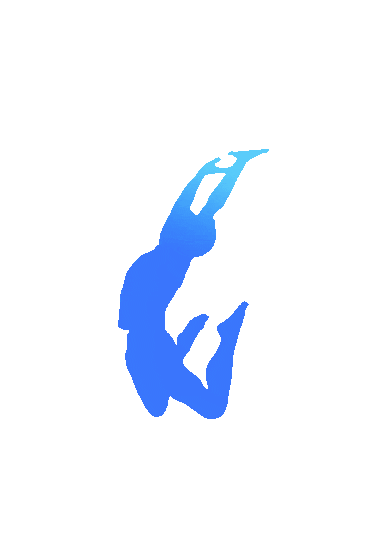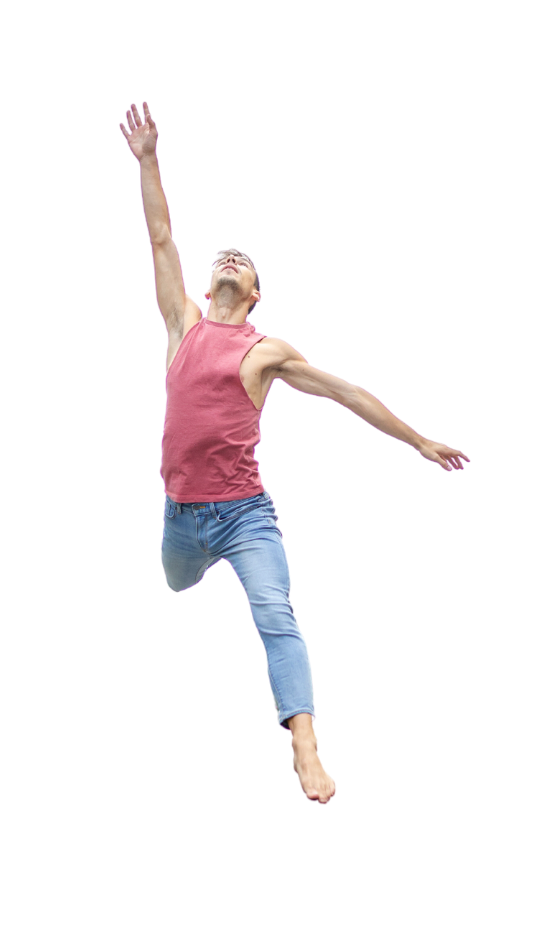
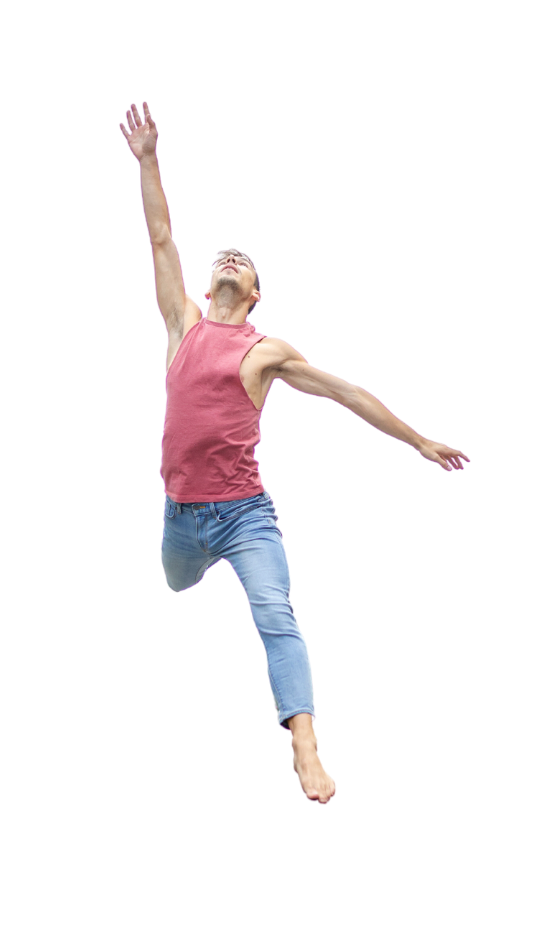
Heading content
Heading content
Heading content
Heading content
Heading content
Lorem ipsum dolor sit amet, consectetuer adipiscing elit. Aenean commodo ligula eget dolor. Aenean massa. Cum sociis natoque penatibus et magnis dis parturient montes, nascetur ridiculus mus. Donec quam felis, ultricies nec, pellentesque eu, pretium quis, sem. Nulla consequat massa quis enim.
Let’s Dance together!
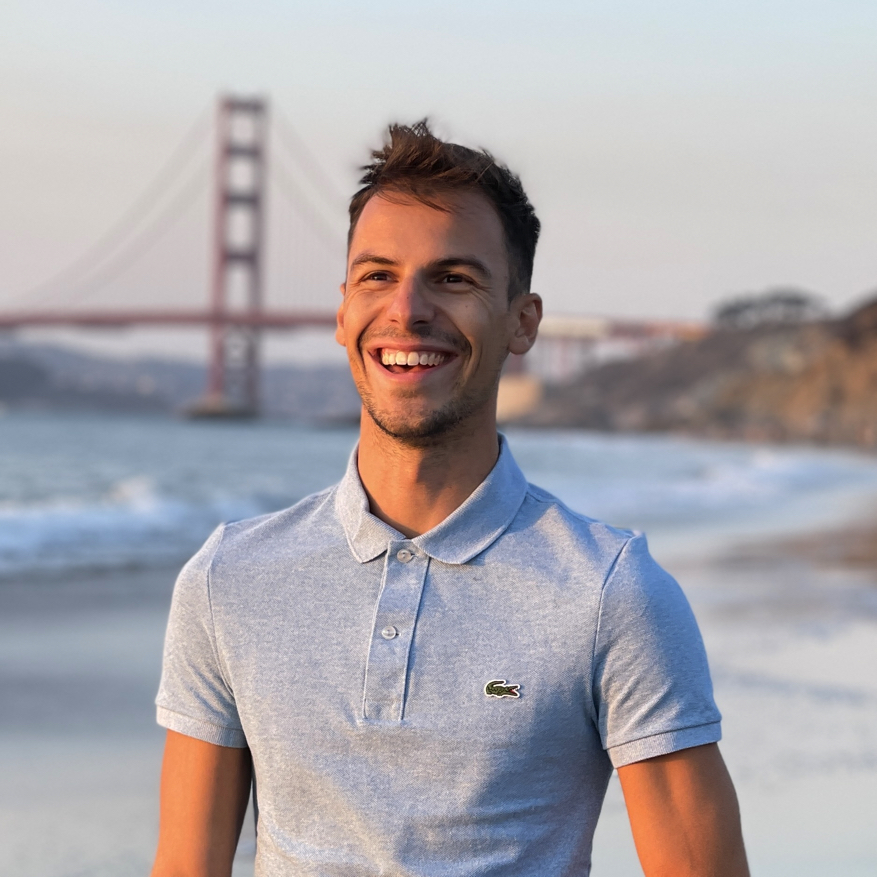
Mathieu Bossos
Dance Teacher / Lecturer and Dance Researcher
-
11 years of teaching
-
5 years as head of the dance department in a French conservatory
-
3 years teaching in California
Contact
Looking to book me for a project, conference, dance class, audit, or something else?
Please feel free to get in touch and check my availability.
Sign up for the newsletter
By subscribing, you consent to receive updates from our company and agree to our Privacy Policy.
© 2025 MBLARA VMS. All rights reserved.
